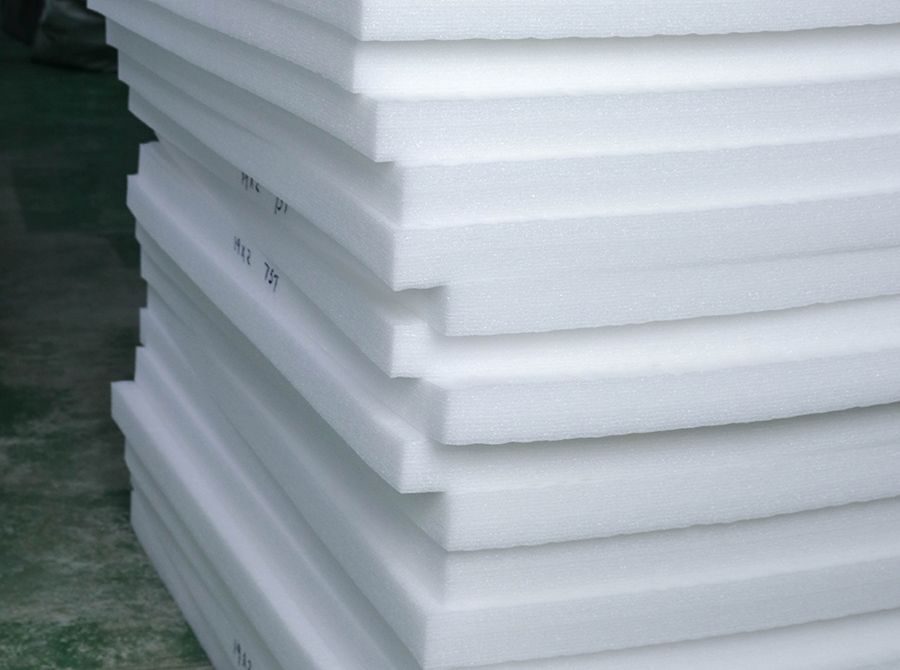How to Choose the Right Wall Insulation Material
Selecting the right wall insulation material for walls is a critical decision that can significantly impact the energy efficiency, comfort, and sustainability of your home or building. Here’s a step-by-step guide to help you make an informed choice:
Step by Step Guide To Choose the Right Wall Insulation Material
1. Understand Your Needs:
- Start by assessing your insulation needs. Consider the climate in your region, the specific walls you’re insulating (interior or exterior), and the desired R-value (thermal resistance) for energy efficiency.
2. Types of Insulation Materials:
- Research and understand the different types of insulation materials available. Common options include fiberglass, cellulose, foam boards, spray foam, mineral wool, and more. Our Double S wall insulation material is not only standard but comes in different sizes to meet your needs.
3. R-Value Requirements:
- Determine the recommended R-value for your location and the specific walls you’re insulating. The Department of Energy provides guidelines for different regions.
4. Environmental Considerations:
- If sustainability is a concern, research eco-friendly insulation materials like recycled denim, soy-based foam, or natural materials like wool. Consider the embodied energy and recyclability of the material.
5. Installation Method:
- Insulation materials vary in terms of installation methods. However, ensure you engage professionals to do the insulation for you. Some can be installed as batts, rolls, or blown-in, while others require professional installation. Choose a material that suits your installation method and DIY capabilities.
6. Moisture Resistance:
- Evaluate the moisture resistance of the insulation material. For areas prone to moisture or condensation, consider materials that resist water absorption.
7. Fire Resistance:
- Ensure the chosen insulation material meets local fire safety codes and regulations, especially if you’re insulating walls near potential fire sources.
8. Allergens and Health Concerns:
- If you or your family have allergies or respiratory issues, consider materials that are non-allergenic and do not emit harmful chemicals.
9. Durability:
- Assess the durability of the insulation material. Some materials are more resistant to settling, compression, or pests than others.
10. Cost and Budget:
- Compare the cost of different insulation materials, including both the material itself and installation costs. Determine a budget that aligns with your financial resources.
11. Local Building Codes:
- Check your local building codes and regulations. Some regions may have specific requirements for insulation materials in walls.
12. Professional Advice:
- It’s advisable to consult with an insulation expert or contractor who can assess your specific needs, recommend suitable materials, and ensure proper installation.
13. DIY vs. Professional Installation:
- Consider whether you’ll be installing the insulation yourself or hiring a professional. Some materials are more DIY-friendly, while others require expertise.
14. Long-Term Performance:
- Think about the long-term performance of the insulation material. Consider factors like settling, degradation, and the need for future maintenance or replacement.
Conclusion
By considering these factors and conducting thorough research, you can choose the right insulation material for your walls that aligns with your needs, budget, and sustainability goals. Proper insulation will not only improve energy efficiency but also enhance the comfort and livability of your home or building.
Also read: What are the Best Types of Roof Insulation Materials in Kenya?


